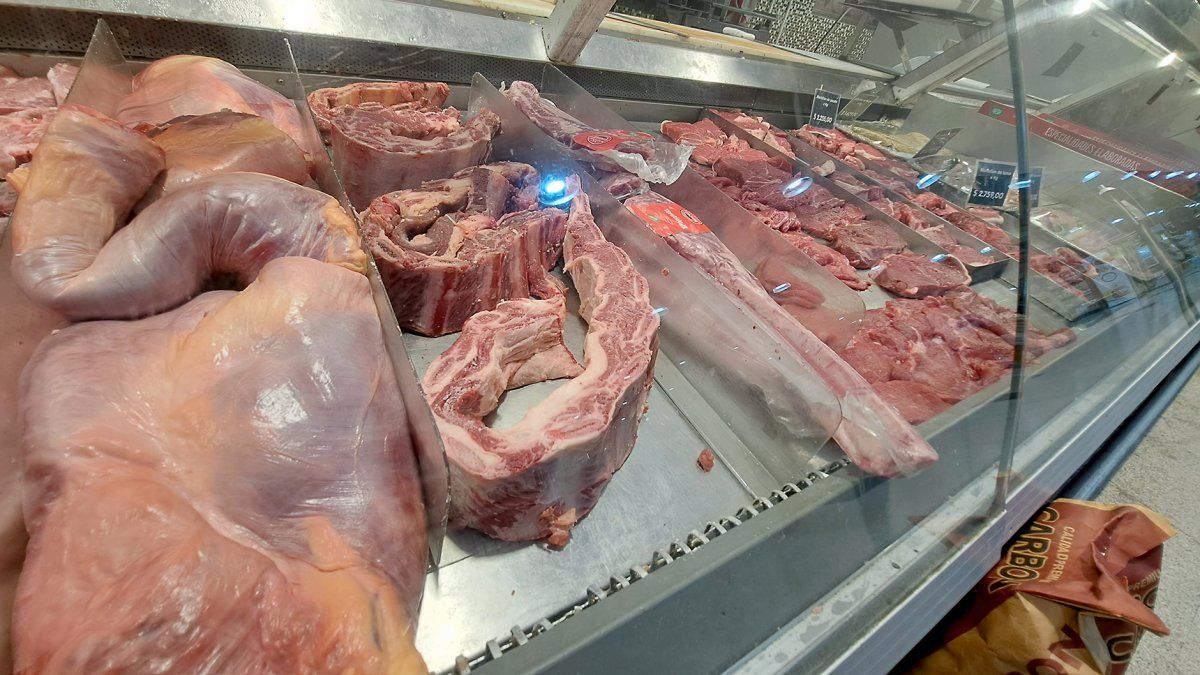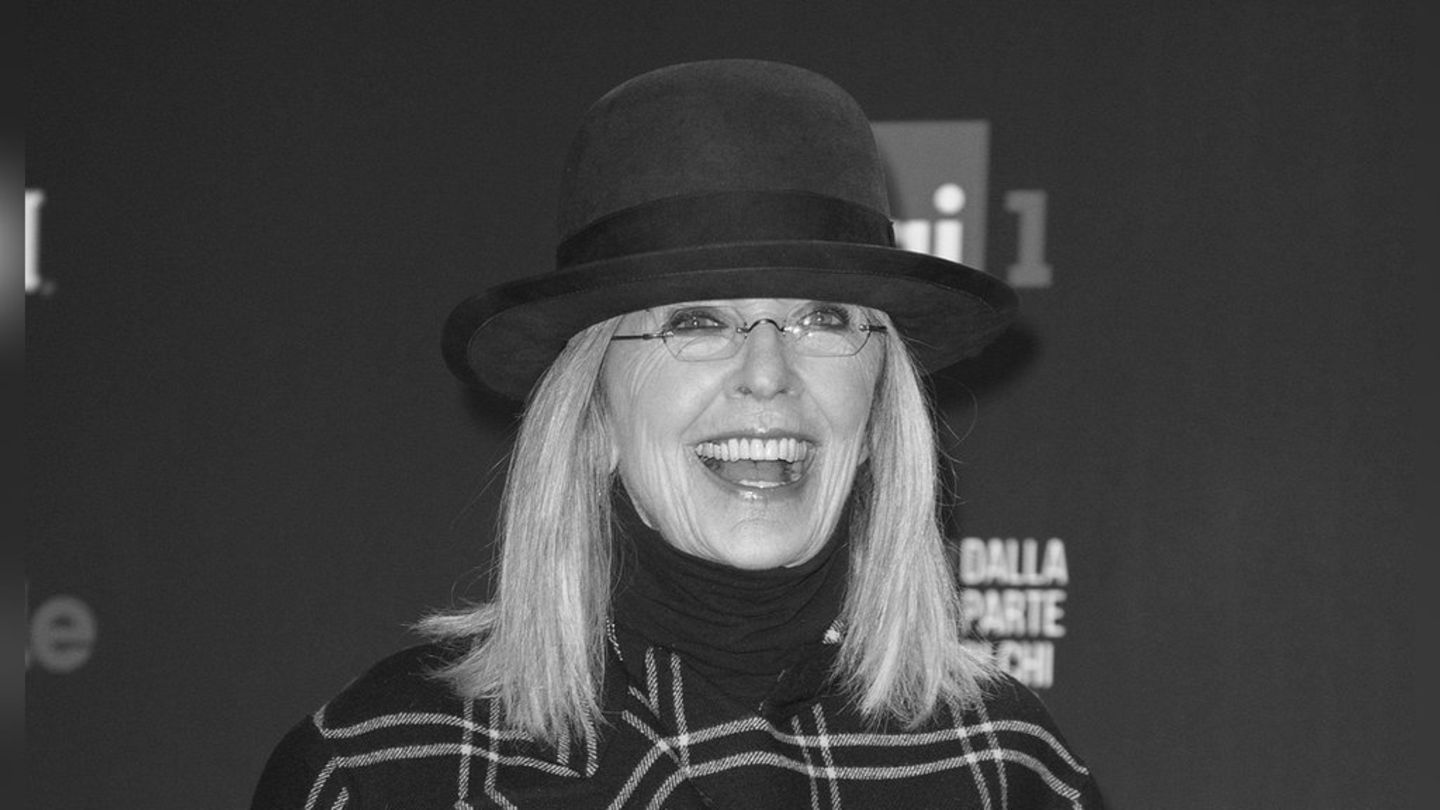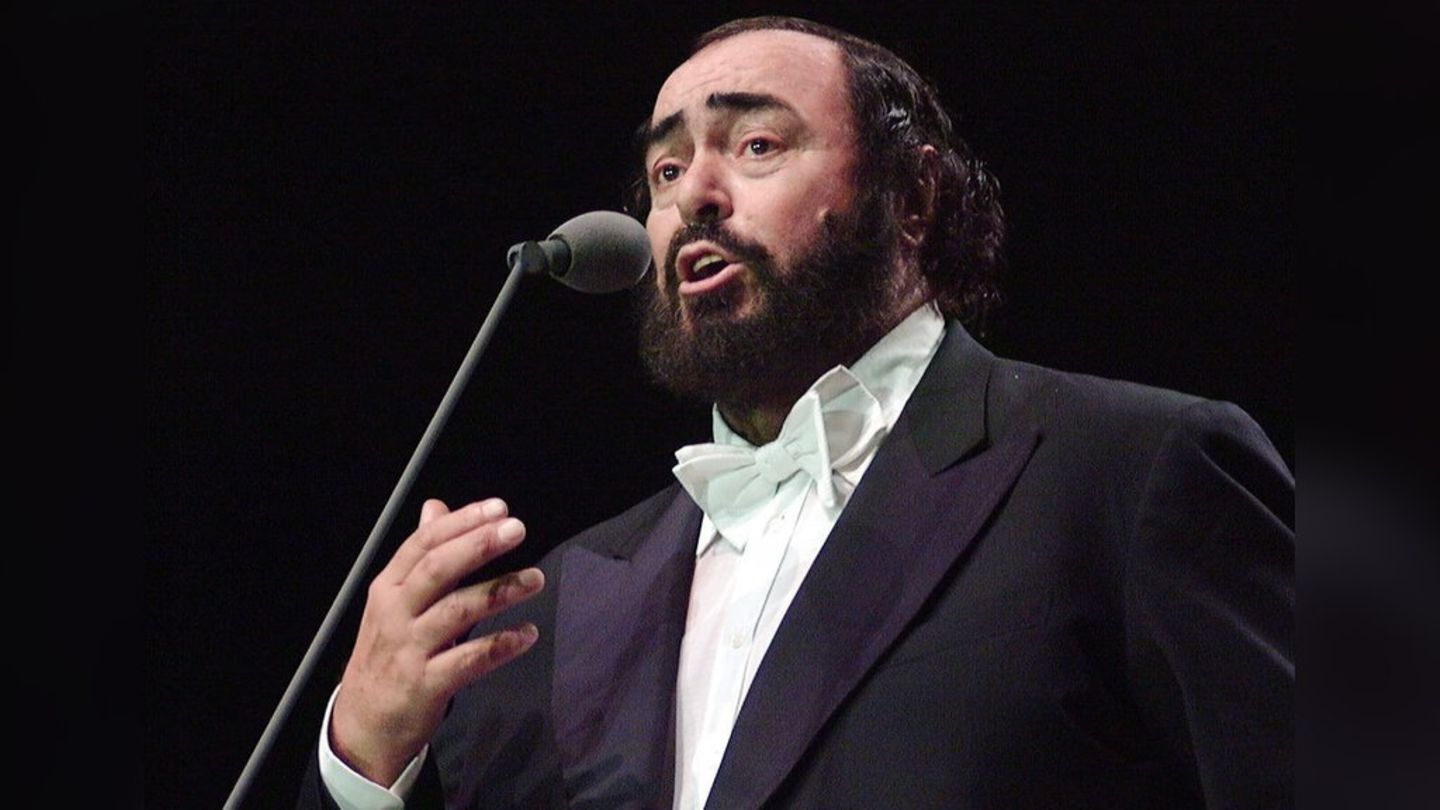Among some of the factors of this “stagnation” in the prices of meat, stands out the droughtwhich led to an oversupply in the market at the end of last year since the ranchers they sent more animals to slaughter due to the lack of sufficient pastures to feed them.
In recent weeks, due to a rise in costs and with a much lower supply, also impacted by the drought, the price of farms in the Cañuelas market registered increases of up to 30% in some categories. That increase, they say, would be transferred to the gondolas sooner or later.
“When the increases are so violent, they are transferred little by little to the consumer because both the butcher and the industrialist know that the butcher cannot increase 40% of the product from one day to the next, because it is a slap in the face of the consumer”, analyzed Miguel Schiariti, president of the Chamber of Meat Industry and Commerce ( CICCRA).
Impact on inflation
In the last days, These increases have already begun to be seen in butcher shops and supermarkets. This is reflected, for example, in the supermarket price index (IPS) that the Center for Economic and Social Studies Scalabrini Ortínz (CESO) publishes every Monday. “The IPS registered a weekly variation (between January 23 and 30) of 0.6% and a monthly variation (in the last four weeks) of 4.6%,” he told Ambit Aldana Montano, from CESO, who explained that in the last week the impact of the increase in the hacienda was reflected in the prices in gondolas: “The weekly variation of meats gave us 3.5%. So, perhaps in January this rise in general inflation will not have an impact, but rather it will hit more fully in February”.
“In principle, we have to say that the price of meat was very late. With which, more than an increase, it can be considered a ‘recovery’ of the ground lost with respect to the price of beef”, said Damián Di Pace, director of the Focus Market consultancy.
“Generally, for seasonal reasons, December and January tend to see increases in meat; especially in December, for the Holidays. But the drought increased the supply and contained the prices of the farm. But now it has entered the recovery phase, with increases that have not yet been fully validated in shelves, but indeed in many places there are increases in the prices of beef”, Di Pace explained.
“For February, this may end up impacting headline inflation: in fact, something may have an impact in January, when there was a partial increase in meat cuts. But we are definitely heading towards a scenario with rising meat prices, recovering part of the ground lost last year,” the analyst stressed.
In this scenario, the economist Martín Burgos maintained that “The rise in meat is going to have an impact on inflation in February”. “But these increases were to be expected: it was lagging far behind other products, which rose much more,” he remarked.
Source: Ambito




